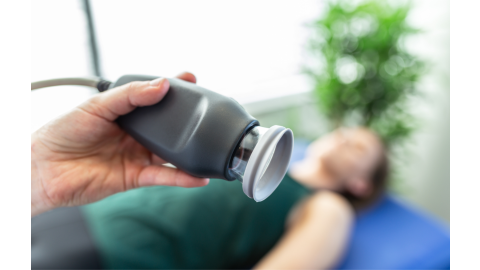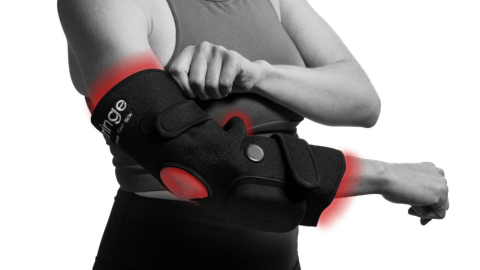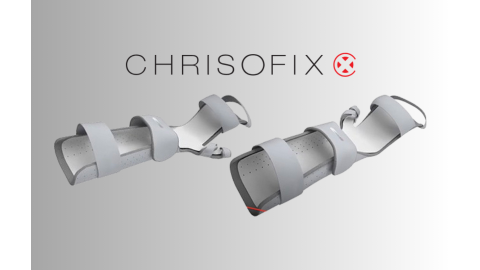When you hear the term “arthritis” you probably think of an older senior with joint pain. Most people with arthritis are adults, over 50 million adults in the US have arthritis.1 That’s like the population of California plus the population of Michigan2
But 300,000 children have some type of arthritis as well (that’s more than the population of Pittsburgh).1,3 Learn more about juvenile arthritis including the causes, symptoms, types, and treatments!
- What is arthritis?
- What is juvenile arthritis?
- What causes juvenile arthritis?
- What are the different types of juvenile arthritis?
- What are the symptoms of juvenile arthritis?
- How is juvenile arthritis diagnosed?
- How is juvenile arthritis treated?
- How do you encourage treatment adherence in children and teens?
What is arthritis?
Arthritis is a term used to describe joint pain and joint disease. There are over 100 types of arthritis that affect people of all ages, races, and sexes. Arthritis symptoms vary but common symptoms include swelling, pain, stiffness, and decreased range of motion. These symptoms can affect the person’s daily life.
What is juvenile arthritis?
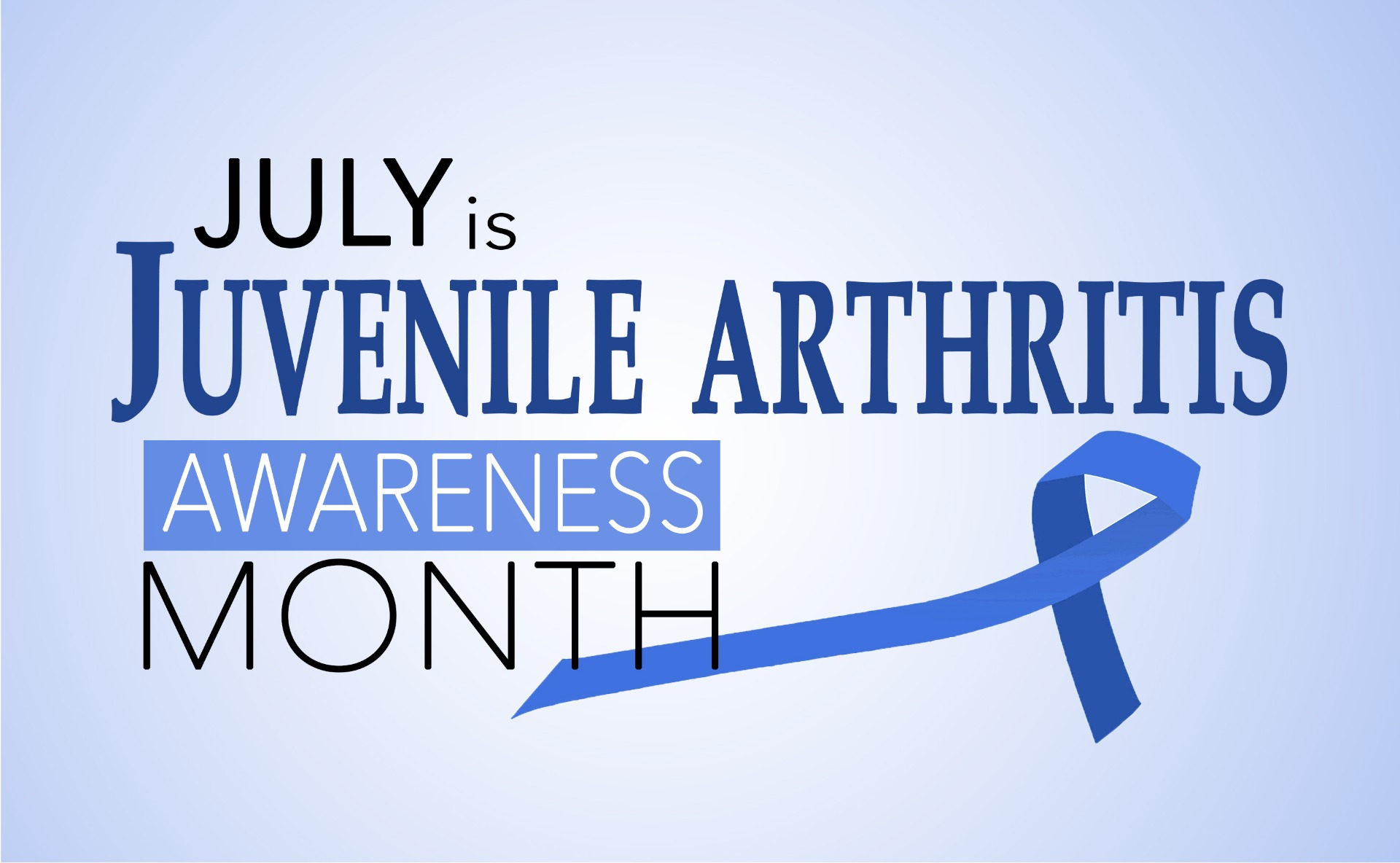
Arthritis in children may be called “juvenile arthritis” or “childhood arthritis”.
The most common form of arthritis in children under 16 is juvenile idiopathic arthritis (JIA) formerly known as juvenile rheumatoid arthritis. There are six types of JIA that cause joint pain and inflammation (we’ll explain them later on).
Other common types of juvenile arthritis include:
- Juvenile myositis
- Inflammatory disease that causes muscle weakness, one type causes rash on the eyelids and knuckles
- Juvenile lupus
- Autoimmune disease that causes inflammation in the joints, skin, and internal organs (heart, kidneys, lungs)
- Juvenile scleroderma
- Conditions that cause the skin to tighten and harden
- Vasculitis
- Conditions that cause inflammation of the blood vessels, and can lead to heart complications
- Fibromyalgia
- Chronic pain syndrome that causes muscle pain and stiffness, fatigue, disrupted sleep, and other symptoms
What causes juvenile arthritis?
The exact cause of juvenile arthritis are unknown. Most are autoimmune or inflammatory conditions. Researchers think that certain genes may cause juvenile arthritis when activated by a virus, bacteria, or other factors. There is no evidence that foods, allergies, toxins, or a lack of vitamin cause the disease.
In juvenile idiopathic arthritis (JIA), “idiopathic” means unknown. For some reason the child’s immune system, which should fight germs and viruses, instead fights against the body’s own cells and tissues.
The body releases inflammatory chemicals that attack the synovium, a tissue lining around the joint. The synovium produces a fluid that cushions and protects the joint during movement. Inflammation can make the joint feel painful or tender, look red or swollen, and be difficult to move.
What are the different types of juvenile arthritis?
Juvenile idiopathic arthritis (JIA), the most common form of juvenile arthritis, includes six subtypes:
- Oligoarthritis
- Most common subtype, more common in girls than boys, many children outgrown this type before they become an adult
- Affects four or fewer joints
- Typically affects the large joints (knees, ankles, elbows)
- Can affect the eyes
- Polyarthritis
- Affects about 25% of children with JIA, more common in girls
- Affects five or more joints
- May affect large and/or small joints, including joints in the jaw and neck
- Often affects joints on both sides of the body (both knees, both wrists, etc.)
- Systemic (also known as Still's disease)
- Affects about 10% of children with JIA
- Affects the entire body including the joints, internal organs, and skin (but usually not the eyes)
- May include a high spiking fever (103°F+) that lasts at least two weeks
- Typically causes a rash usually on the trunk, arms, and legs
- Psoriatic arthritis (PsA)
- Less common form of JIA
- May affect one or more joints (commonly the wrists, knees, ankles, fingers, or toes)
- Symptoms include joint symptoms and psoriasis, a scaly rash behind the ears and/or on the eyelids, elbows, knees, belly button, and scalp
- Skin symptoms may occur before or after joint symptoms
- Children with this type often have pitted fingernails
- Enthesitis-related (also known as spondyloarthritis)
- More common in boys, commonly appears between the ages of 8 and 15 years old, often a family history of arthritis of the back (ankylosing spondylitis) among the child's male relatives
- Affects where the muscles, ligaments or tendons attach to the bone, these points are called entheses
- Commonly affects the hips, knees, feet, spine, and eyes
- May affect the fingers, elbows, pelvis, chest, digestive tract (ulcerative colitis or Crohn’s disease) or lower back (ankylosing spondylitis)
- Undifferentiated
- Inflammation in one or more joints
- Symptoms don’t match up with any of the other subtypes
What are the symptoms of juvenile arthritis?
Symptoms of juvenile arthritis include:
- Joint pain or stiffness
- May be worse right after waking up
- Or worsen after staying in one position too long
- Fatigue
- Rash
- Red, swollen, tender, or warm joints
- Blurry vision
- Dry, gritty eyes
- Appetite loss
- High fever
Symptoms may come and go over time. There may be times when symptoms worsen, “flares”, and times when symptoms get better, “remission”.
Most forms of JIA start when the child is a toddler. Because of the timing, symptoms of JIA may be missed, like joint stiffness when your child is learning to walk and toddling anyway, or dismissed as part of a flu or other bug, like a fever or rash. It can be difficult for parents to recognize the symptoms, but it’s important to be alert and get treatment in a timely manner to prevent lasting joint damage.
Some symptoms to watch for include limping, stiffness upon waking from nap or sleep, reluctance to use arm or leg, persistent fever, joint swelling, reduced activity level, or difficulty with fine motor activities. JIA is most often discovered after an incident, like a child bumping their knee and the parents realizing that the joints look different from one another.
How is juvenile arthritis diagnosed?
While a pediatrician may first recognize the symptoms of juvenile arthritis, a pediatric rheumatologist, who specializes in arthritis, is typically recommended to confirm the diagnosis.
The American College of Rheumatology (ACR) states that a child must be younger than 16 years old, have inflammation in one or more joints lasting at least six weeks, and have all other conditions ruled out before being diagnosed with JIA.
There is no blood test to diagnose juvenile arthritis. Adults with rheumatoid arthritis usually have a positive rheumatoid factor blood test, but children with JIA typically have a negative rheumatoid factor blood test. So diagnosis requires ruling out conditions that can look like JIA including infections, bone disorders, Lyme disease, childhood cancer, and other conditions.
When diagnosing juvenile arthritis and ruling out other conditions, the doctor may ask for a family history, complete a physical exam, order lab or blood tests, or take x-rays or an MRI.
How is juvenile arthritis treated?
There is no cure for juvenile arthritis. However, remission with little to no symptoms is possible. Additionally, some children outgrow their juvenile arthritis before adulthood. Treatment can help you gain control of the disease as quickly as possible.
- Treatment Goals
- Medication
- Surgery
- Heat Therapy
- Cold Therapy
- Exercise
- Physical and Occupational Therapy
Treatment Goals
Common treatment goals include:
- Relieving pain symptoms
- Slowing down or stopping inflammation
- Preventing joint and organ damage
- Preserving joint mobility
- Reducing long-term health effects
- Improving quality of life
- Achieving remission with little to no symptoms
Medication
Some medication helps control the disease activity. These disease-modifying antirheumatic drugs (DMARDs) suppress the immune system so it no longer attacks the joints. The most commonly used drug for JIA is methotrexate. Traditional DMARDs can be taken in pill form or injected. Biologics are another type of DMARDs. They target specific steps/chemicals in the inflammatory process and may be self-injected or infused by a doctor. They may work more quickly than traditional DMARDs.
Other medication helps relieve pain. These drugs do not reduce joint damage. Nonsteroidal anti-inflammatory drugs (NSAIDs) and analgesics (pain relievers) are available in over-the-counter and prescription forms.
Surgery
Many children no longer need surgery thanks to advances in treatment. But if the arthritis is not caught early enough, surgery can provide relief and restore joint function. Damaged joints can be replaced with a prosthesis, like a hip or knee replacement. Other smaller surgeries can improve joint function and quality of life, such as removing a piece of loose cartilage.
Heat Therapy
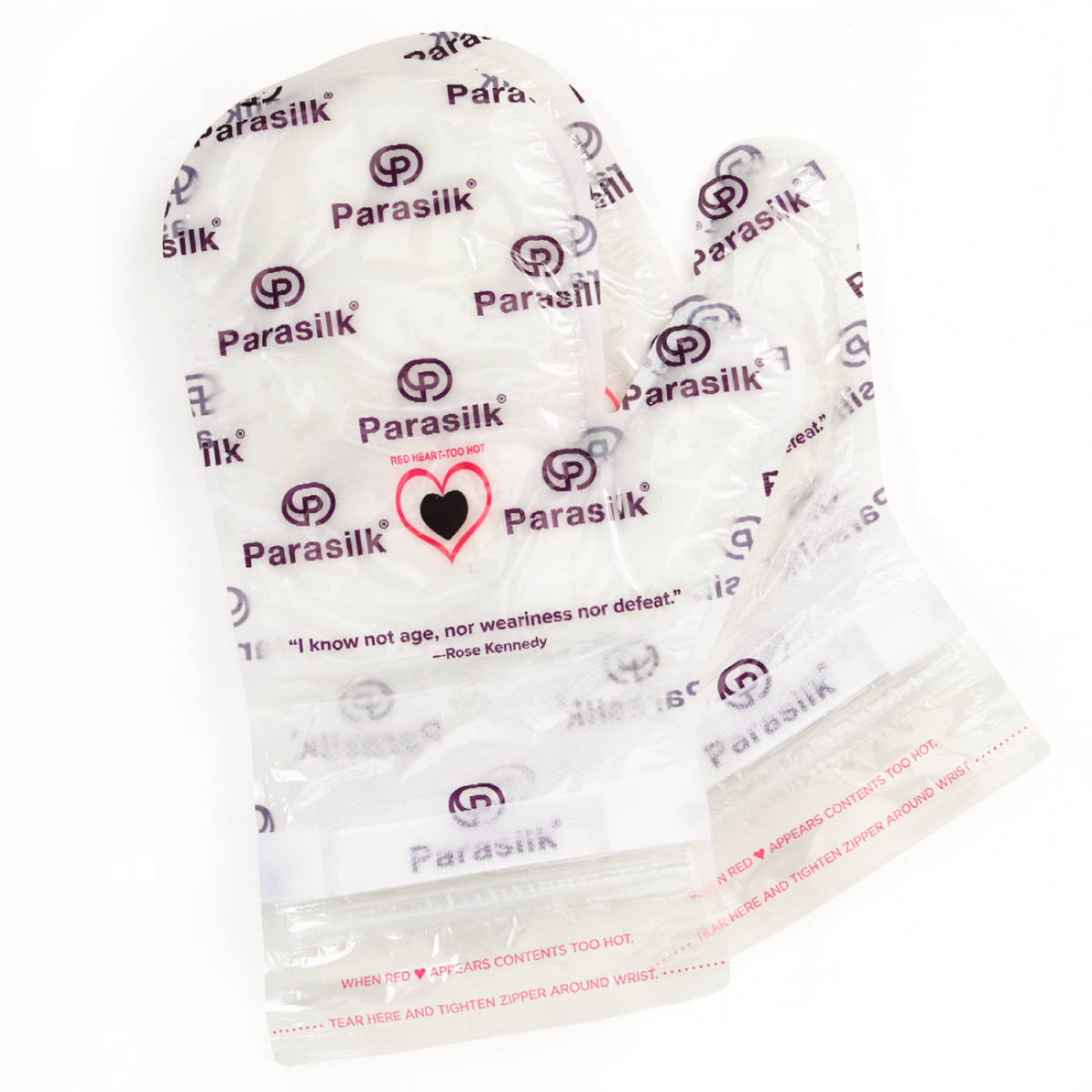
Soothing heat therapy can help reduce your child’s pain. Talk to your doctor about heat options for your child and be sure to check the device’s age guidelines.
Teens can use many of the same products as adults and seniors with arthritis. Moist heat packs are one soothing option that helps relieve arthritis pain in many people. Warm paraffin wax can also help relieve pain. For a no mess solution try gLOVE Treat with Parasilk Paraffin Wax mitts, gloves, or booties.
Cold Therapy

Cold therapy can help reduce inflammation and relief pain. TheraPearl Hot and Cold Packs are a reusable option that allow you to see whether ice or heat work best for your child. While heat is often recommended, for some people cold therapy is a better way to relieve their pain.
Biofreeze is another option for cooling pain relief. It’s effective at relieving arthritis pain and other pains including muscle soreness and sprains. It’s the #1 recommended topical pain reliever by physical therapists, chiropractors, massage therapists, pharmacists, podiatrists, and athletic trainers.
Exercise
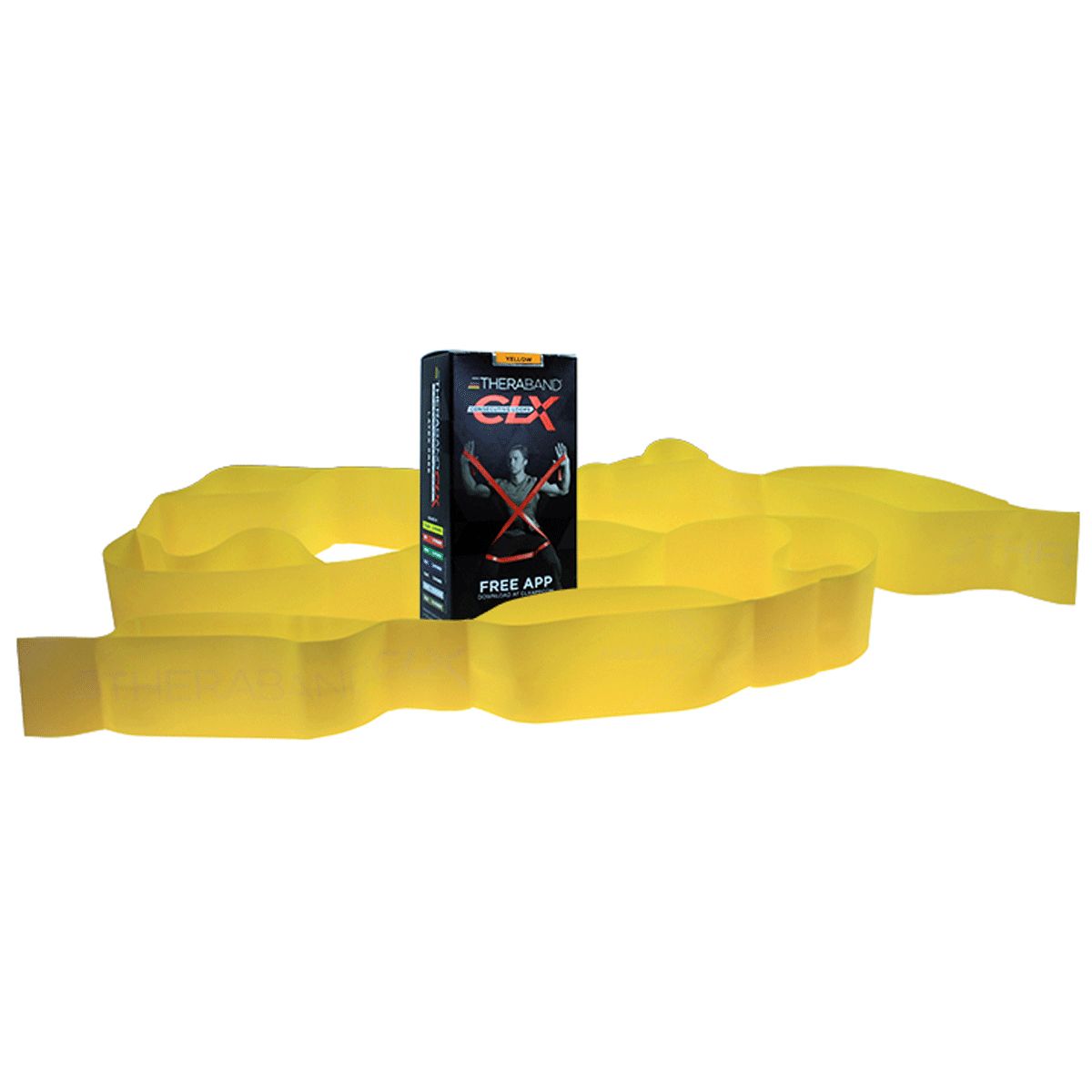
Exercise has many benefits for children with juvenile arthritis. The body produces endorphins during exercise that can help relieve pain and joint stiffness. Range of motion, stretching, strengthening, and cardio exercises can also help keep your child’s joints healthy.
You should always talk to a medical professional, such as your child’s doctor or physical therapist before introducing a new exercise plan. This ensures the exercises are right for your child and won’t cause pain or other problems.
Range of motion exercises help improve joint mobility and reduce stiffness. If your child has arthritis, they may hold joints in a position of comfort, usually bent. These exercises help prevent contractures and loss of joint motion. They are most effective when done daily.
Stretching can also reduce joint stiffness. They gradually increase range of motion by improving the muscle’s flexibility. Stretching is usually done 3-5 times a week. They are done slowly after a warm up. Yoga or pilates can be a fun way to get your child to do some stretching exercises. Many can be completed by following along with a YouTube video while using a cushioned yoga mat. There are several fun videos for kids including yoga for kids, yoga with Paw Patrol, Bubble Guppies, and Team Umizoomi, Frozen inspired yoga, animal and nature yoga and more!
Strengthening exercises help improve muscle strength, this is important for kids with juvenile arthritis because strong muscles help support the joints. The exercises may cause a bit of muscle soreness, but they should not lead to sore or swollen joints. Generally children with JIA do exercises with lower weights/resistances and higher repetitions. Resistance bands are one convenient way to complete strengthening exercises. Your child’s doctor or physical therapist can help ensure your child is completing the proper exercises.
Finally, cardio exercises are important of everyone, they help control pain, improve sleep, and maintain a healthy weight. For many children with JIA, swimming and cycling are good options because they put less stress on the joints. Other exercises that may be easier for children with juvenile arthritis to complete include water aerobics, brisk walking, in-line skating, or dancing. Additionally, while it may require some precautions, most children with arthritis can still play sports. This can be a fun way for your child to stay active. Talk to your child’ rheumatologist, physical therapist, and possible coach to see if it’s an option for your child.
Physical and Occupational Therapy
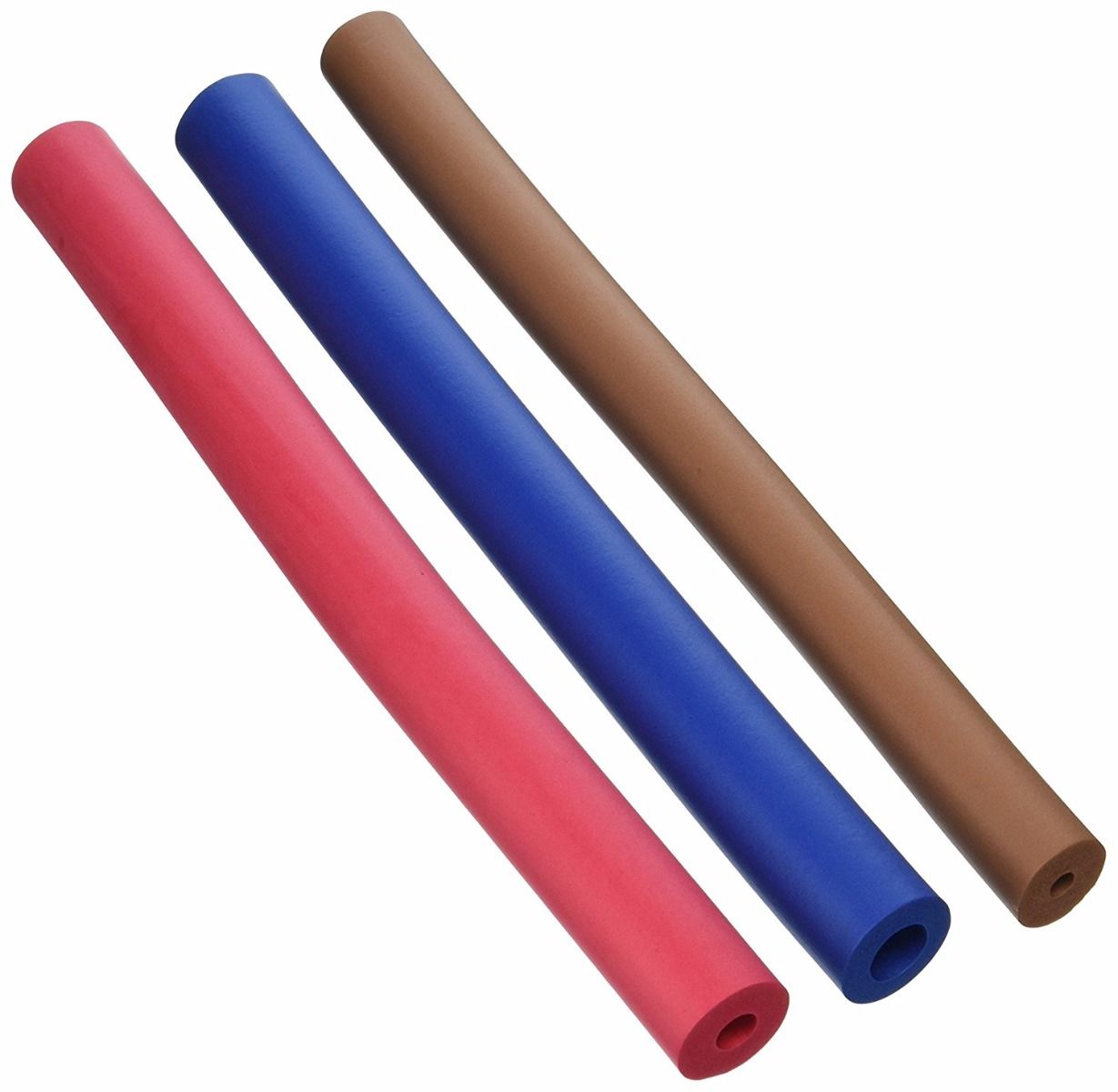
Physical can teach your child stretches and exercises to improve flexibility and mobility and perform body manipulation.
Occupational therapy can help suggest assistive devices and show your child how to perform daily activities with less pain. For example, foam tubing can make holding dining utensils or a toothbrush easier to hold for people with arthritis by increasing the grip’s diameter. Or choose dishwasher safe utensils with large grips for easy cleanup. They can also prescribe items like braces and splints.
How do you encourage treatment adherence in children and teens?
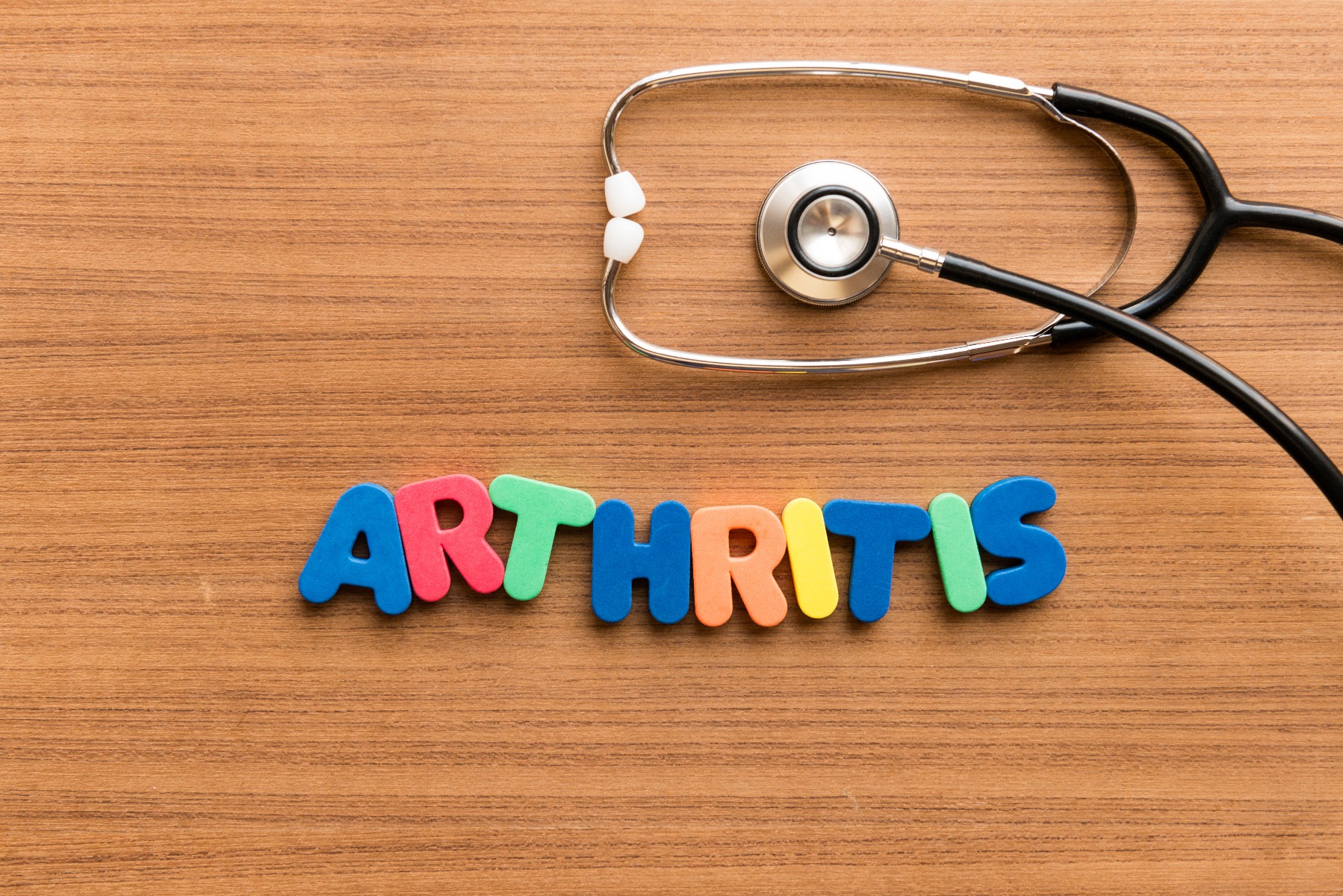
It can be difficult to get your child to follow along with their arthritis treatment. Whether your child doesn’t want to take pills or you’re wondering if skipping a day of exercises is worth avoiding the hassle.
Many parents start with the best intentions for treatment adherence, one study found a 70% adherence rate among pediatric patients at first, but after a year those numbers dropped to 50%.4 However, sticking with treatment is key, because it helps reduce inflammation, thus reducing complications.
Tips to Encourage Taking Medication Pills
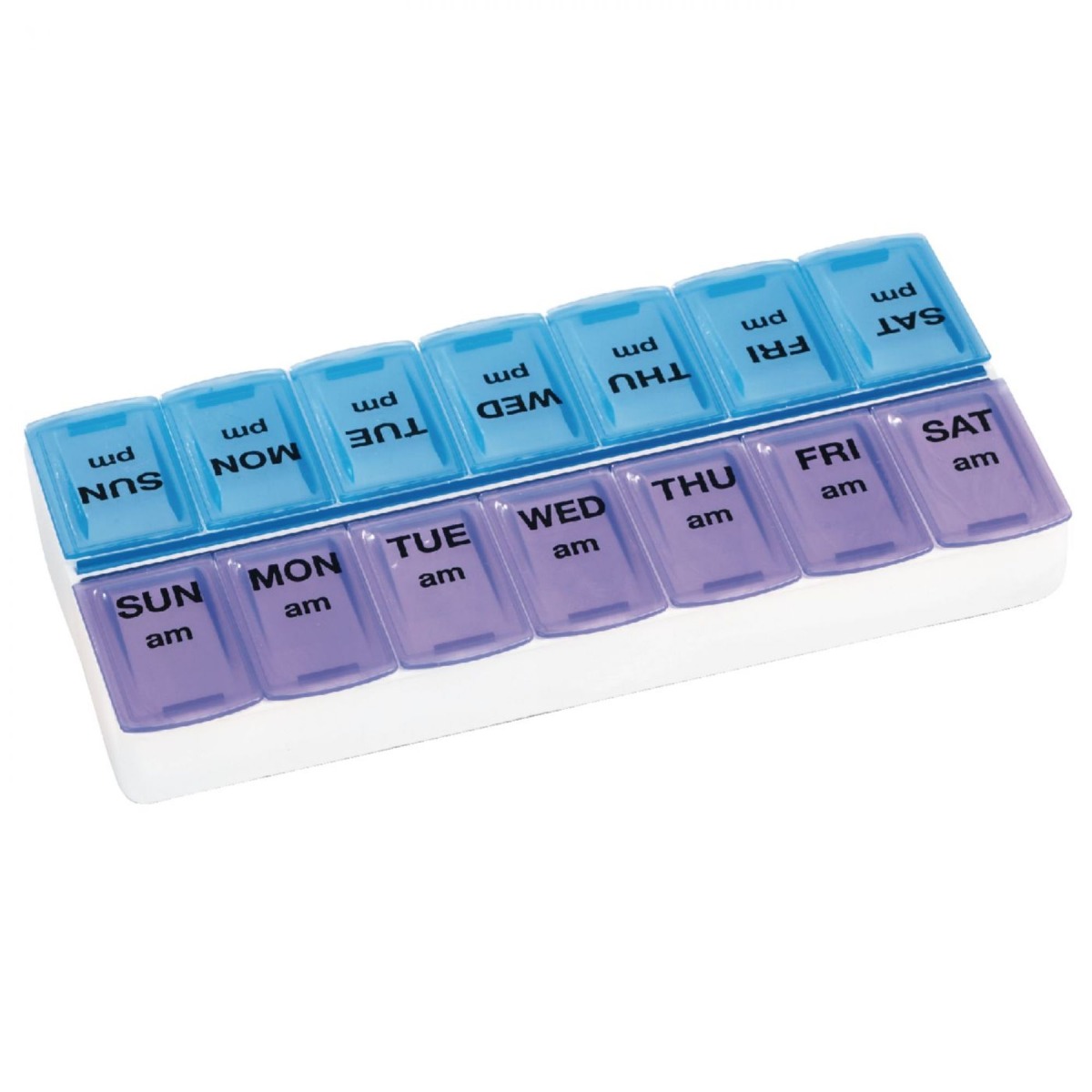
- Put the pills in a hard-to-miss place like on the bathroom counter next to your child’s toothbrush or on the kitchen counter
- Use weekly pill boxes to keep the medication organized and make it easy to confirm it was taken, there are twice a day and four times a day options.
- If your child need more reminding a talking medication organizer can beep or tell them when to take their pills
- Have your child take their medication at the same time everyday to help it become a habit, like after breakfast or dinner
- Use a reward system, a sticker chart is a great incentive for younger children, have them place a sticker on their chart everyday after taking their pills, after they accumulate a certain number of stickers let them trade them in for a special activity or privilege
- While many teens are more independent, make sure you don’t withdraw your support and monitoring too early, consider your child’s readiness based on a variety of factors, not just age
Tips to Encourage Therapeutic Exercises

- One survey found that more parents and kids have more difficulty with exercises than pills4, but there are ways to encourage compliance
- Connect the exercises to an activity they enjoy
- If your child likes to play basketball, remind them that ankle range of motion is important so those exercises need to be done, shooting takes shoulder, elbow, and wrist movement, etc.
- Many smaller children like soccer and dance so you can connect therapeutic exercises with those sports
- If your child isn’t so into sports, connect it to another activity, driving takes neck mobility, applying mascara takes wrist mobility, and so on
- Do the exercises while watching TV
- Whenever there’s a commercial on, mute the TV and have your child do their exercises, for a set amount, like ten slow repetitions
- If your child does the exercises, the sound goes back on
- If your child doesn’t do the exercises, the TV stays mute until the exercises are completed
- This can be very effective in families with other siblings
- Exercise as a family
- Complete the exercises with your child, so you both get some exercise in
- In addition to prescribed exercises, add in family walks with your dog, weekend bike rides, or some time in the pool as another way to get active
References
- Arthritis Foundation. (n.d.) What is Arthritis? Arthritis Foundation. Retrieved from https://bit.ly/3fGlCge
- World Population Review. (2020). US States - Ranked By Population 2020. Retrieved from https://bit.ly/2AI8EzN
- World Population Review. (2020). The 200 Largest Cities in the United States by Population 2020. Retrieved from https://bit.ly/3ddrIDb
- Brown, L.J. (n.d.) Getting Kids On Board With Treatment. Arthritis Foundation. Retrieved from https://bit.ly/3fIQlt8
- Arthritis Foundation. (n.d.) Juvenile Arthritis (JA). Arthritis Foundation. Retrieved from https://bit.ly/37I1E1T
- Arthritis Foundation. (n.d.) Juvenile Idiopathic Arthritis (JIA). Arthritis Foundation. Retrieved from https://bit.ly/3egRRlD
- Brennan, D. (2019). Diagnosing Juvenile Arthritis. WebMD. Retrieved from https://wb.md/2Bp1RL2
- Rahimi, H. (2016). Kids Get Arthritis Too: 7 Signs of Juvenile Arthritis. University of Rochester Medical Center. Retrieved from https://bit.ly/3hK9Kvq
- Roth-Wojcicki, E. & Sule, S. (2019). Juvenile Arthritis. American College of Rheumatology. Retrieved from https://bit.ly/2YfHNnj
- SickKids Staff. (2017). Exercise and Juvenile Idiopathic Arthritis. AboutKidsHealth. Retrieved from https://bit.ly/3dg8yfY
Medical Disclaimer: The information provided on this site, including text, graphics, images and other material, are for informational purposes only and are not intended to substitute for professional medical advice, diagnosis or treatment. Always seek the advice of your physician or other healthcare professional with any questions or concerns you may have regarding your condition.








 France
France Australia
Australia

